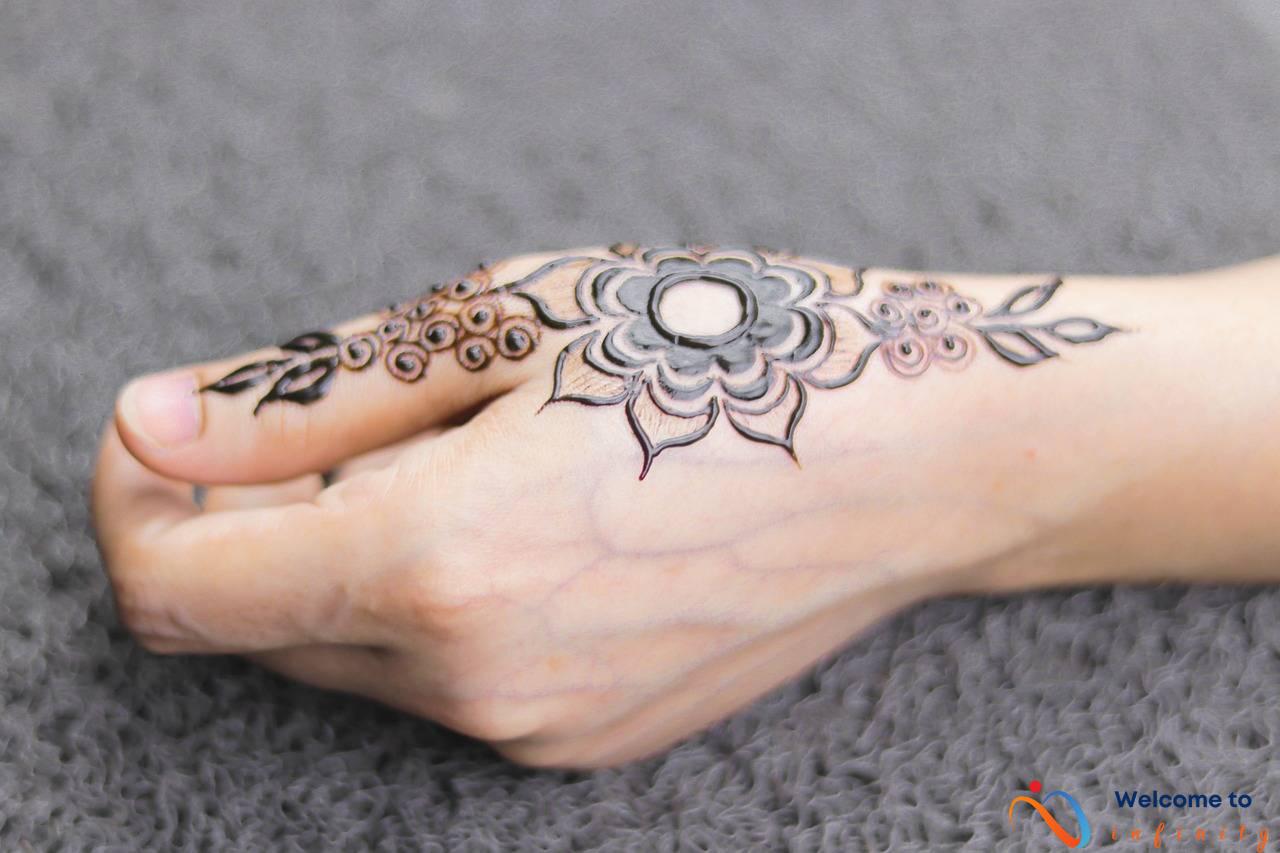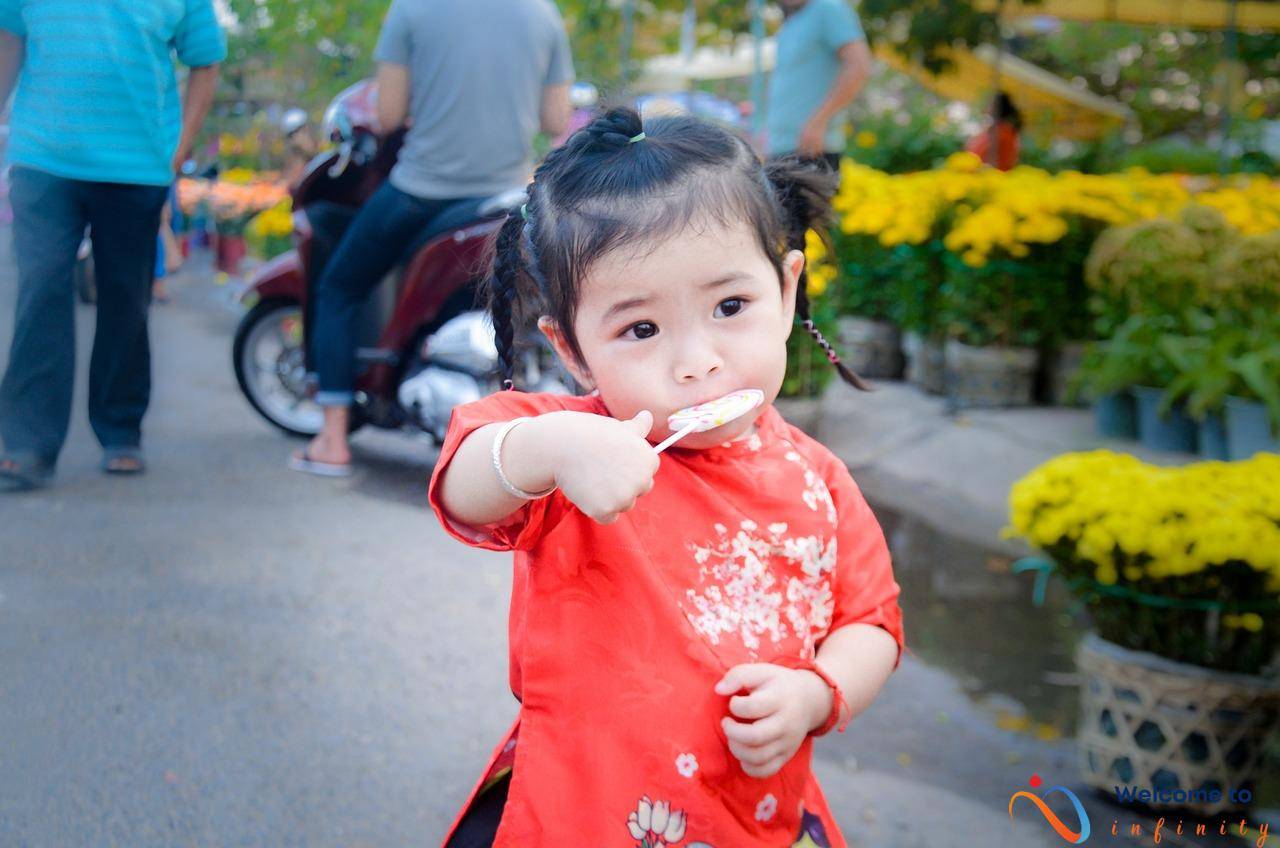In a society where diversity should be celebrated and embraced, cultural empowerment is an essential component. It allows individuals belonging to marginalized communities to feel included, valued, and heard. Empowerment is about equipping individuals with the tools and resources they need to take control of their lives actively.
Marginalized communities face various challenges like discrimination, inequality, and lack of representation. These challenges often result in their voices being silenced and their contributions remaining invisible. Cultural empowerment is necessary to overcome these challenges and give a voice to the marginalized.
One of the most potent tools for cultural empowerment is art and creativity. Artistic expressions allow individuals to share their experiences and ideas in a powerful and often cathartic manner. Creativity can unite people, transcend language barriers, and bring about positive change. Successful art and creativity movements have given voice to marginalized communities and brought about change by highlighting their unique perspectives and experiences.
Education is an essential aspect of cultural empowerment. Education provides opportunities for individuals belonging to marginalized communities to gain knowledge and skills that will enable them to become self-sufficient and break free from poverty. Education promotes cultural participation and raises awareness about the importance of different perspectives.
Cultural empowerment has come a long way, but there is still much more to be done. New tools and technologies are emerging that can be used to promote cultural empowerment and connect marginalized communities. Continued advocacy and action are needed to ensure that marginalized voices continue to be heard and valued, and diversity is celebrated in all aspects of society.
The Need for Cultural Empowerment
Cultural empowerment is the key to providing marginalized communities with a sense of inclusion and value. As individuals, we all have unique experiences and ways of understanding the world around us based on our cultural backgrounds. When we celebrate and embrace these differences, we create a society that is more diverse, inclusive, and equitable.
However, marginalized communities often face numerous challenges that prevent them from feeling included and valued. These challenges can include discrimination, prejudice, and a lack of representation in mainstream media and decision-making processes. When these voices are excluded, entire communities are left feeling isolated and powerless.
Cultural empowerment seeks to level the playing field by providing these marginalized communities with a platform to share their experiences and viewpoints. By embracing cultural diversity, we create a space where everyone's voice can be heard and valued. This is especially important for marginalized communities that have been historically oppressed, as it allows them to reclaim their narratives and challenge the stereotypes and biases that have been perpetuated about them.
- Empowerment through cultural diversity also helps to foster a greater sense of community and interdependence. By recognizing and celebrating our differences, we can build bridges between different cultures and communities, promoting collaboration and shared understanding.
- This can lead to increased participation in decision-making processes and greater social and economic opportunities for marginalized communities.
- Cultural empowerment can also help to strengthen social movements and create meaningful change. When groups come together to celebrate their shared experiences and fight for common goals, they become a powerful force for social justice.
In short, cultural empowerment is essential for marginalized communities to feel included, valued, and empowered. By recognizing and celebrating cultural diversity, we can build a society that is more diverse, inclusive, and equitable for everyone.
Challenges Faced by Marginalized Communities
Marginalized communities face numerous challenges that hinder their progress and prevent them from reaching their full potential. One of the most significant challenges is discrimination, which comes in many forms, including racism, sexism, ageism, and classism. Minorities and underrepresented groups often experience discrimination in areas such as education, employment, housing, and healthcare. Discrimination can lead to inequality, limiting the ability of marginalized communities to access resources, opportunities and prevent their voices from being heard.
Inequality is a major challenge that marginalized communities face. Despite efforts to bridge the gap, income disparity, and the digital divide persists in many communities, hindering economic growth and development. Limited access to quality education, healthcare, and basic services also contribute to inequality, further entrenching the cycle of poverty and exclusion.
Another challenge presented to marginalized communities is a lack of representation. Historically, many communities have been left out of mainstream media, art, literature, and other forms of expression, leading to a lack of visibility, representation, and misunderstanding. A lack of representation can also contribute to negative stereotypes and prejudices.
To overcome these challenges, it is critical to focus on empowerment and celebrate diversity, inclusion, and representation. By recognizing and honoring different cultures, traditions, experiences, and perspectives, we can create a more equitable society and ensure that marginalized communities feel valued and heard.
- Discrimination is one of the most significant challenges marginalized communities face.
- Inequality persists, hindering economic growth and development.
- Limited access to quality education, healthcare, and basic services contribute to the cycle of poverty and exclusion.
- Lack of representation leads to negative stereotypes and prejudices.
Cultural empowerment can overcome these challenges by providing a voice to marginalized communities and helping them find ways to overcome systemic barriers. Through collective action, creativity, and advocacy, we can build a future that is more just, equitable, and inclusive for all.
The Power of Art and Creativity
Art and creativity have the power to transform society and bring about change. They offer a platform for marginalized communities to express themselves and be heard. Through art, individuals can share their stories, connect with others, and challenge dominant narratives. Creativity can also be used to bring people together, fostering a sense of community and shared identity.
Artistic expression can be particularly powerful for marginalized communities who often feel silenced and ignored. By sharing their experiences through art, they can challenge stereotypes and misconceptions. Art can also serve as a tool for empowerment, enabling individuals to reclaim their narratives and assert themselves in society. In this way, art can be a form of resistance and a means of asserting agency.
Furthermore, art and creativity can foster connection and understanding across diverse communities. By sharing their art and creative works, individuals can bridge cultural divides and create a shared sense of identity. Additionally, community arts initiatives can bring people together, creating a space for dialogue and collaboration.
Overall, the power of art and creativity lies in their ability to empower individuals and bring people together. By promoting cultural and artistic expression, society can work towards greater inclusion and celebration of diversity. Through art, we can challenge dominant narratives, promote solidarity between marginalized communities, and create positive change.
Examples of Successful Art and Creativity Movements
Successful art and creativity movements have a powerful ability to give voice to marginalized communities and catalyze change. One such movement is the Black Panther Party's Free Breakfast for Children Program. In the late 1960s, the program provided meals to children in low-income and predominantly Black neighborhoods. This initiative had a significant impact on the communities it served, reducing hunger among children and empowering locals to take ownership of their own welfare.
Another example of a successful art and creativity movement is the Mexican-American muralist movement in the 1960s and ‘70s. Artists like Judith Baca, David Alfaro Siqueiros, and Diego Rivera used muralism as a tool to tell the stories and struggles of marginalized communities. Their art conveyed themes of resistance, social justice, and cultural preservation, making a significant impact on the social and political climate of the time.
In recent years, the #MeToo Movement has taken the world by storm, using social media as a platform for women to share their stories of sexual harassment and assault. This movement has empowered women and sparked important conversations about sexual violence and gender discrimination in the workplace and beyond.
These movements and many others like them demonstrate the transformative power of art and creativity in bringing about change. By giving voice to marginalized communities and highlighting their struggles, these initiatives have the potential to inspire action and facilitate progress.
The Role of Education in Cultural Empowerment
Education plays a crucial role in promoting cultural empowerment and providing opportunities for marginalized communities. Through education, individuals can learn about different cultures and gain a deeper understanding of their own cultural identity. It can also help increase empathy and respect for other cultures, leading to a more inclusive and diverse society.
One way education can promote cultural empowerment is by including diverse perspectives and experiences in the curriculum. This allows students from marginalized communities to see themselves represented in their education and feel validated. It also helps students from other backgrounds learn about different cultures and perspectives, promoting a more inclusive and understanding society.
Another important aspect of education in cultural empowerment is providing access to resources and support for marginalized communities. This includes resources such as scholarships, mentorship programs, and support groups that help individuals from marginalized communities succeed academically and professionally. By providing these resources, education can help level the playing field and create more opportunities for individuals from marginalized backgrounds.
Furthermore, education can play a role in promoting social change and advocacy. Students can learn about historical and current injustices faced by marginalized communities, and be empowered to speak out against them. Education can also provide individuals with the skills and knowledge necessary to advocate for their rights and the rights of others, promoting a more equal and just society.
In summary, education is a crucial component of cultural empowerment and promoting opportunities for marginalized communities. By including diverse perspectives in the curriculum, providing access to resources and support, and promoting social change and advocacy, education can help create a more inclusive and diverse society where all individuals are valued and empowered.
Celebrating Diversity and Inclusion
Celebrating diversity and inclusion is crucial for creating a more equitable society. When we embrace different voices, experiences, and cultures, we are able to gain a deeper understanding of the world around us. Diversity and inclusion should be celebrated in all aspects of society, from the workplace to education to entertainment.
One way to celebrate diversity and inclusion is through cultural events and festivals. These events allow people to come together and learn about different cultures, traditions, and practices. Additionally, supporting businesses owned by marginalized groups and consuming diverse media can help to promote diversity and inclusion.
Education also plays a crucial role in celebrating diversity and inclusion. It is important to educate children about different cultures and histories to promote empathy and understanding. Schools and educators can also work to diversify their curriculum and create safe and inclusive spaces for all students.
Overall, celebrating diversity and inclusion is not only important for creating a more just society, it is also beneficial for personal growth and understanding. Let us continue to embrace the differences that make us unique and work towards a more inclusive world.
The Future of Cultural Empowerment
Cultural empowerment has come a long way in recent years, but there is still work to be done. As we look to the future, it is important to consider how cultural empowerment can continue to evolve and promote marginalized voices in society.
One area where we can expect to see significant growth is through the use of new tools and technologies. Social media has already proven to be a powerful tool for connecting marginalized communities and promoting cultural empowerment. As technology continues to advance, we can expect to see even more innovative tools emerge, such as virtual reality experiences that allow individuals to connect with and learn from different cultures in immersive ways.
Another important aspect of the future of cultural empowerment is the need for continued advocacy and action. While progress has been made, there is still a long way to go in terms of creating a truly inclusive society. Education and awareness-raising campaigns will be key in promoting cultural empowerment and ensuring that marginalized voices are heard and valued.
Additionally, it is important to recognize the role that businesses and organizations can play in promoting cultural empowerment. As consumers increasingly demand diversity and inclusion, businesses that embrace these values will have a competitive advantage. It is essential for companies to take steps to create a diverse and inclusive workplace, and to be proactive in their outreach to and support of marginalized communities.
In the end, the future of cultural empowerment is bright, but it will require ongoing commitment and action. By embracing new tools and technologies, advocating for change, and celebrating diversity and inclusion, we can create a society where every voice is heard and valued.
New Tools and Technologies for Empowerment
New tools and technologies are emerging every day that can help promote cultural empowerment and connect marginalized communities. For example, social media platforms can be used to amplify underrepresented voices and provide a platform for sharing stories and experiences. Online forums and discussion groups can also provide a space for marginalized communities to connect with each other and build supportive networks.
Augmented and virtual reality technologies can also be used to promote cultural empowerment by providing immersive experiences that help people understand different perspectives and experiences. This can be particularly powerful for educating people on the experiences of marginalized communities and promoting empathy and understanding.
Additionally, blockchain technology is being explored as a tool for promoting cultural empowerment by enabling transparent and secure record-keeping and empowering marginalized communities to control their own data. This has the potential to promote trust and empower communities that have historically been excluded or marginalized from traditional power structures.
It's important to note that technology alone is not sufficient for promoting cultural empowerment. It must be coupled with thoughtful, intentional community-building efforts that prioritize diversity and inclusion. By leveraging new tools and technologies alongside strong community networks, we can work towards a more just and equitable society that values and celebrates the voices of all people.
The Need for Continued Advocacy and Action
The fight for cultural empowerment and the celebration of marginalized voices is an ongoing battle. While progress has been made, there is still a long way to go to ensure that all voices are heard and valued in society. Continued advocacy and action are essential to maintain the momentum of this movement, promoting diversity and inclusion at all levels of society.
Continued advocacy can take many forms, from protests and rallies to online campaigns and social media activism. It is important that we use our voices to speak out against discrimination and inequality, and demand that marginalized communities are given the platform they deserve to share their stories and experiences. Through continued advocacy, we can work together to create a more equal and just society for all.
In addition to advocacy, action is also vital to ensure that cultural empowerment is achieved. This can involve supporting marginalized artists and creatives, promoting diversity in education and the workplace, and actively seeking out and amplifying marginalized voices. By taking concrete actions to empower marginalized communities, we can help bring about the change necessary to create a more inclusive and equitable society.
It is important to remember that cultural empowerment is an ongoing process, and the fight for equality and justice is never truly over. While progress may be slow, we must remain committed to this fight and continue to prioritize the celebration of marginalized voices in society. Only through sustained advocacy and action can we hope to achieve true cultural empowerment and create a more diverse and inclusive world for all.












